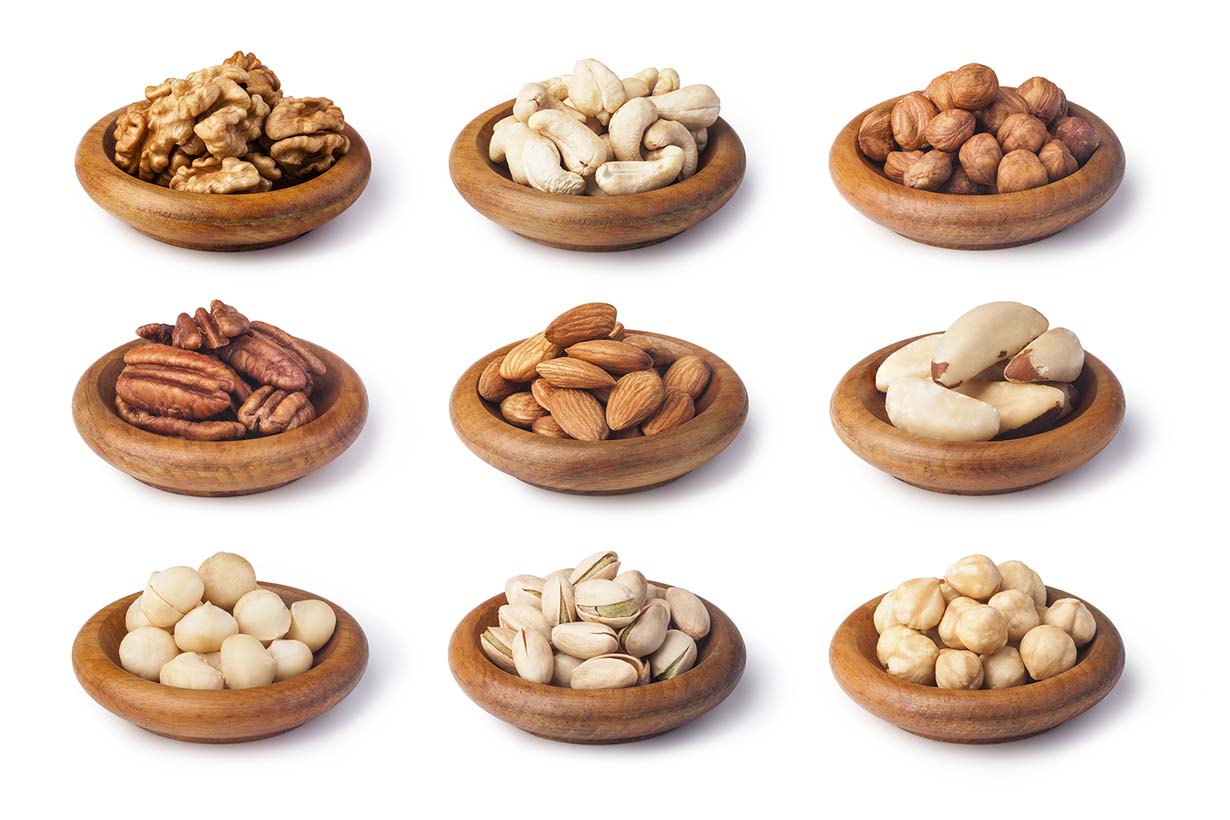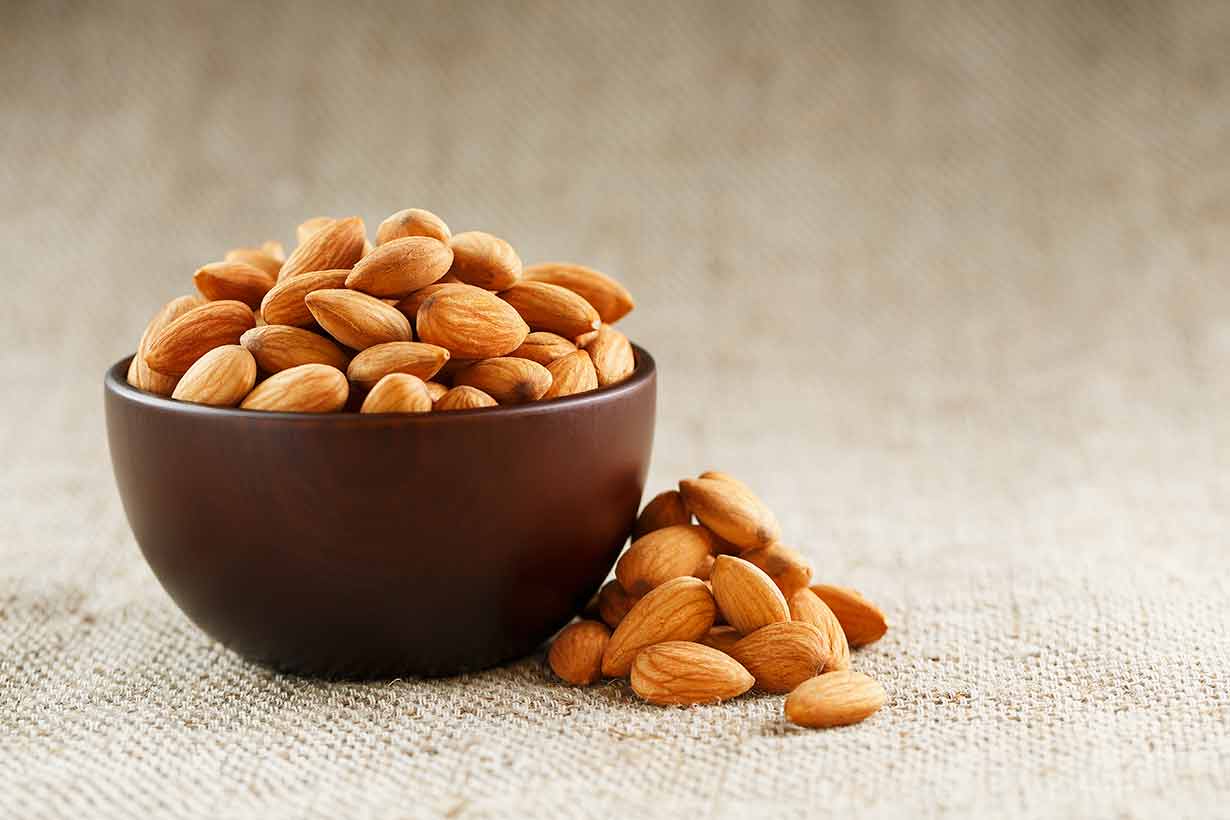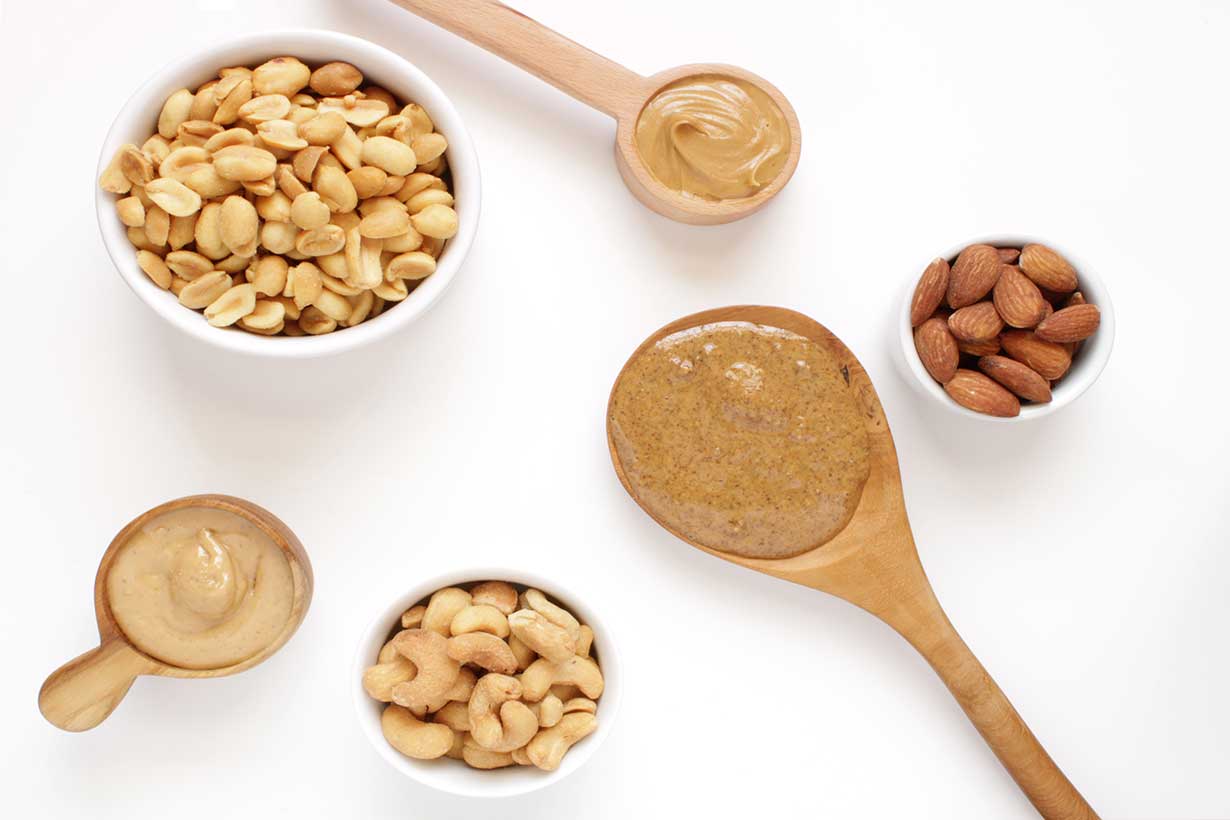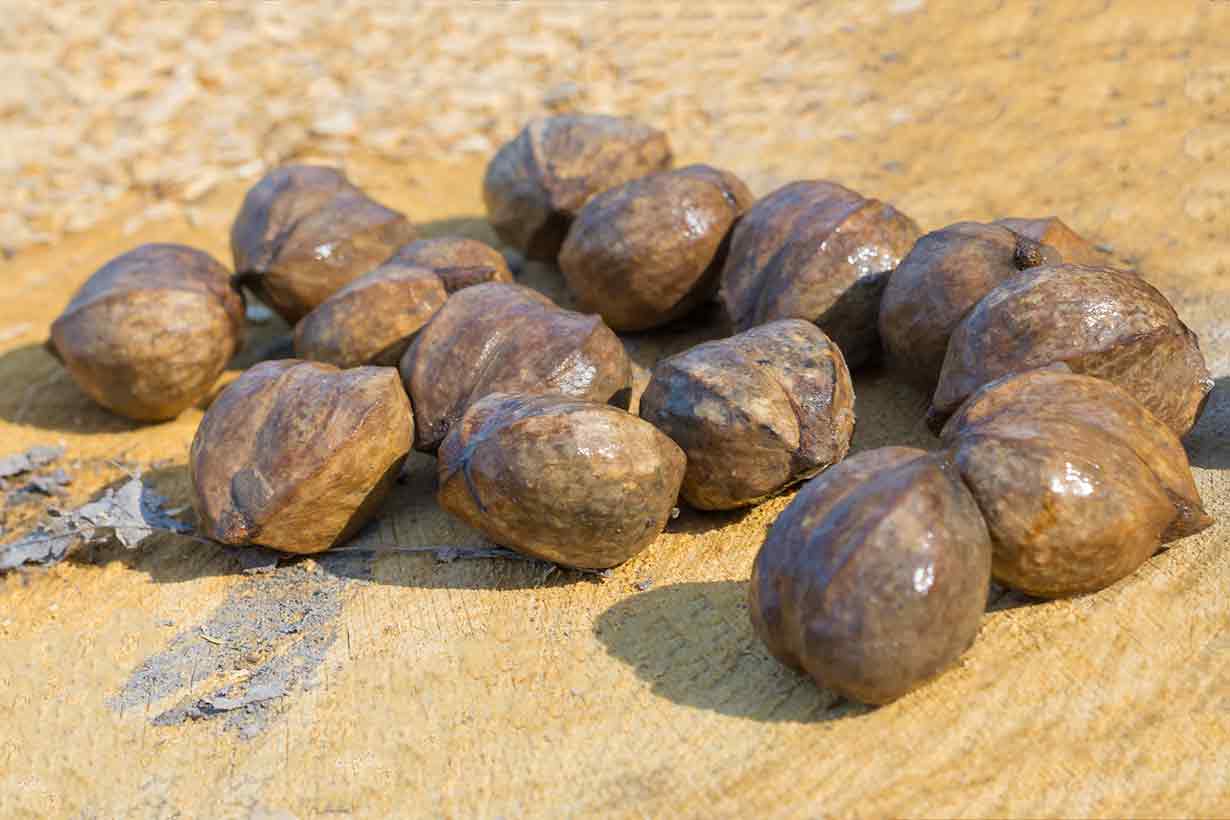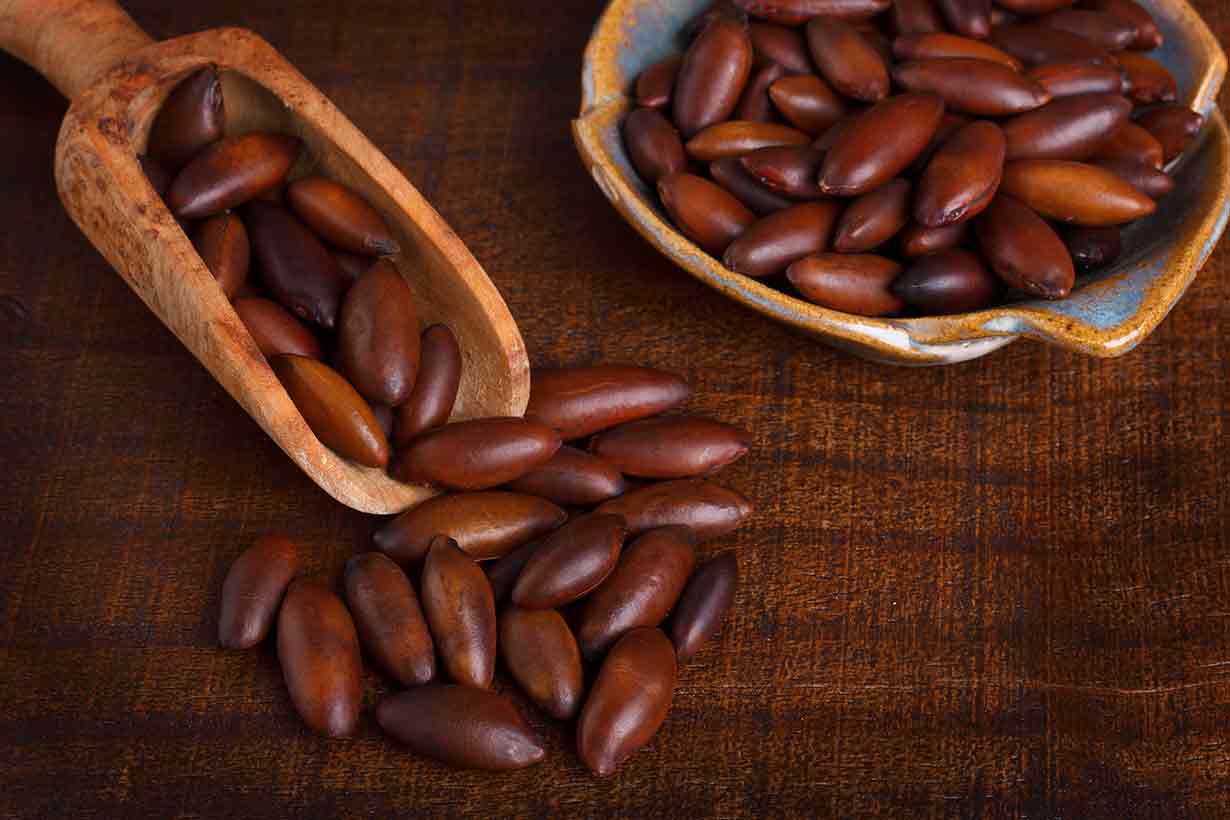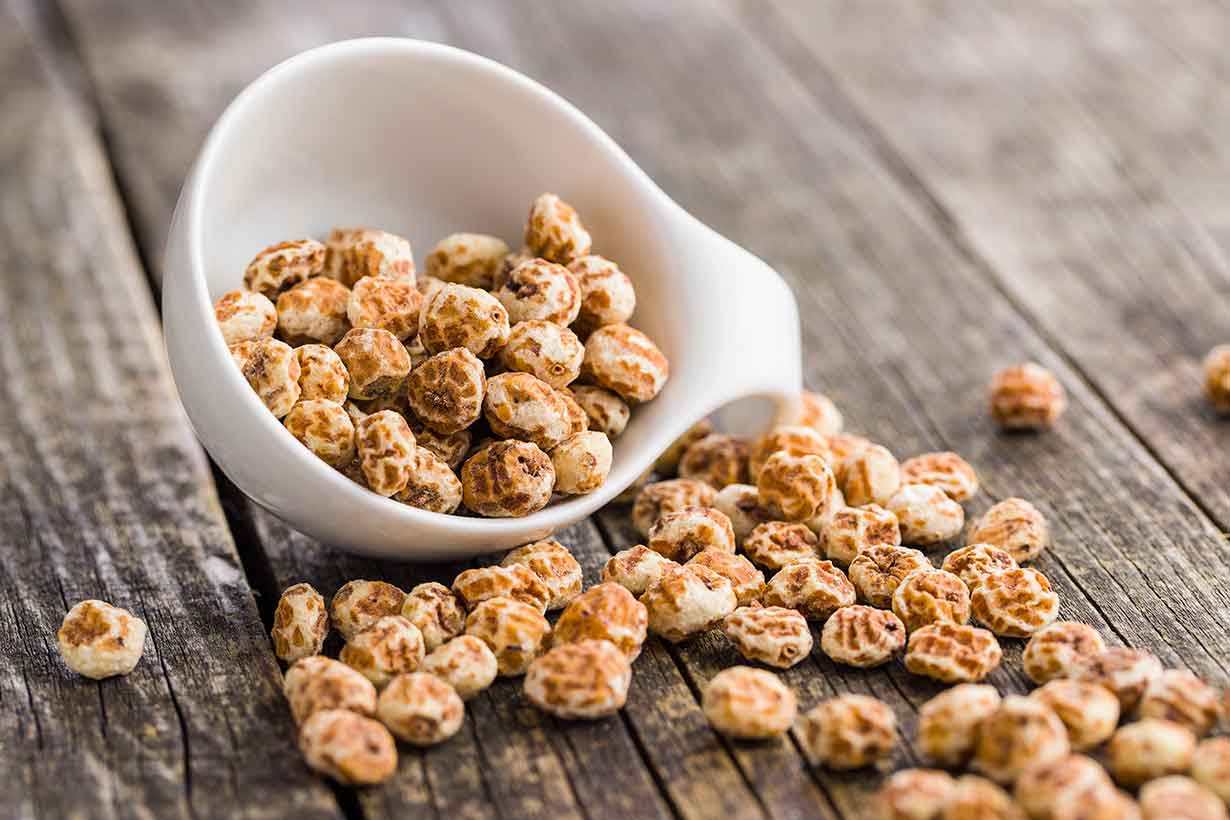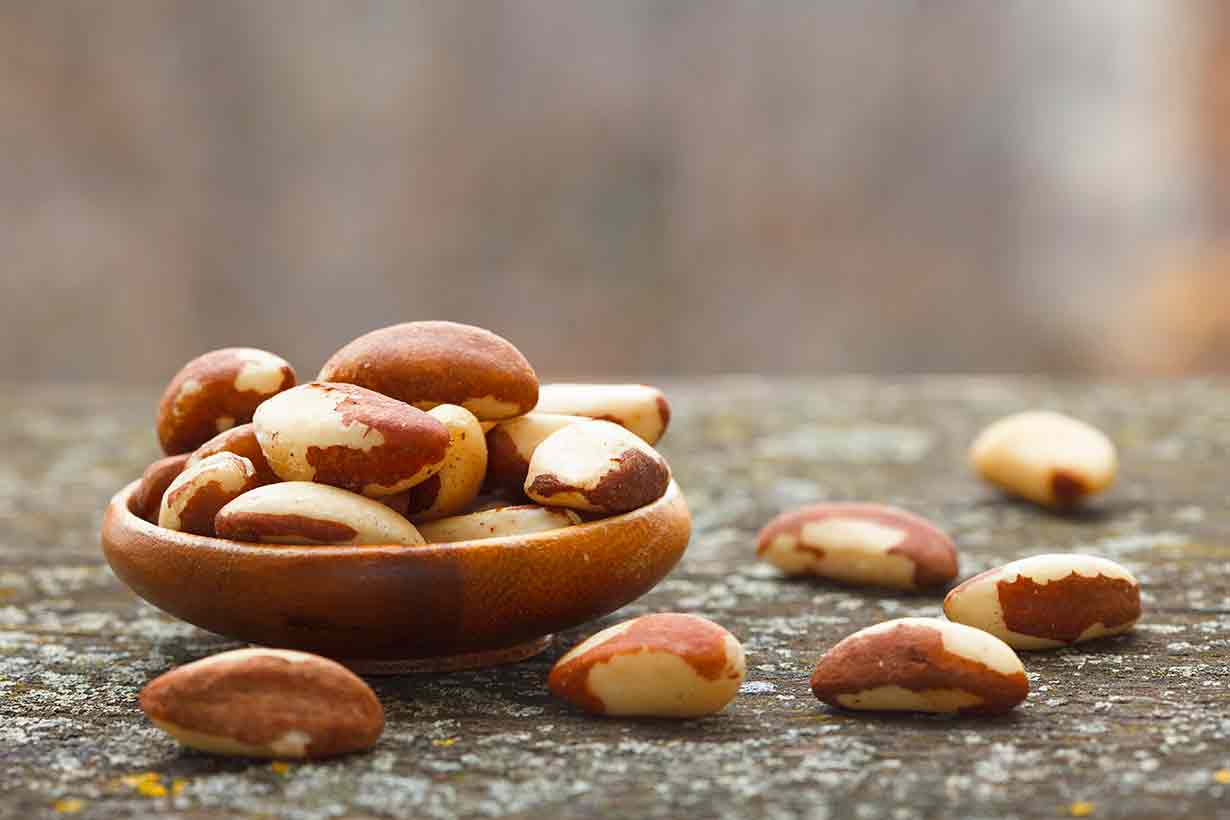Pili nuts are a delicious nut with a unique nutrition profile.
The problem: most people don’t know they even exist.
In this article, we will look at what pili nuts are, their nutrition profile, and the potential health benefits they offer.
What Are Pili Nuts?

Pili nuts (Canarium ovatum) are a tree nut native to Northern areas of Australia, Papa New Guinea, and South-East Asia.
Despite not being well known, they have recently become more popular, and we can now find them on store shelves worldwide.
These nuts are also known as Pacific almonds or kenari nuts, and their nutrition profile is quite different from other types of nuts.
For one thing, pili nuts are primarily a source of saturated and monounsaturated fat, while most other nuts are high in polyunsaturated fat.
Notably, pili nuts offer higher amounts of dietary fat than any other nut, and they are an excellent source of magnesium.
Taste
Pili nuts are available in raw and roasted form.
In their roasted form, the nuts have a rich, flavorful and creamy taste, and they almost melt in the mouth after biting into them.
While people often describe macadamia nuts as having a “buttery” taste, pili nuts offer even more in this regard.
In short; most people who enjoy macadamias should love these nuts.
This taste/texture is due to the significant fat content of the nuts.
Nutrition Facts
According to the USDA Food Database, here are the full nutritional values for pili nuts per 100 grams (3.5 oz) (1).
| Calories/Nutrient | Amount |
|---|---|
| Calories | 719 kcal |
| Carbohydrate | 3.98 g |
| Fat | 79.55 g |
| Saturated Fat | 31.18 g |
| Monounsaturated Fat | 37.23 g |
| Polyunsaturated Fat | 7.61 g |
| Omega-3 Fatty Acids | – |
| Omega-6 Fatty Acids | – |
| Protein | 10.80 g |
Pili nuts are mainly a source of dietary fat, and this is predominantly from saturated and monounsaturated fat.
Unfortunately, data on the omega-3 and omega-6 content of pili nuts are unavailable.
| Vitamin | Amount | % DV |
|---|---|---|
| Thiamin (B1) | 0.91 mg | 79 % |
| Vitamin B6 | 0.48 mg | 37 % |
| Folate | 60 mcg | 15 % |
| Riboflavin (B2) | 0.09 mg | 8 % |
| Niacin (B3) | 0.52 mg | 3 % |
| Vitamin C | 0.6 mg | 1 % |
| Vitamin A | 2 mcg RAE | 0.2 % |
| Mineral | Amount | % DV |
|---|---|---|
| Manganese | 2313 mg | 110 % |
| Magnesium | 302 mg | 85 % |
| Phosphorus | 575 mg | 82 % |
| Copper | 0.96 mg | 48 % |
| Zinc | 2.97 mg | 31 % |
| Iron | 3.53 mg | 27 % |
| Calcium | 145 mg | 15 % |
| Potassium | 507 mg | 11 % |
| Sodium | 3 mg | 0.1 % |
As shown in the above tables, pili nuts contain a wide range of essential vitamins and minerals.
Among these, the nuts are particularly high in magnesium, phosphorus, manganese, copper, zinc, iron, and B vitamins.
Benefits
Due to their impressive nutrient profile, pili nuts offer several potential health benefits.
1) Exceptional Source of Magnesium
With the exception of Brazil nuts, pili nuts provide more magnesium than any other nut.
With 302 mg of the mineral per 100 grams, this works out to be 86 mg per ounce (28-gram) serving—24% of the recommended intake.
Magnesium is a mineral that plays a critical role in human health. The mineral is a cofactor for hundreds of enzymes, and sufficient intake is crucial for maintaining proper organ function (2, 3).
2) Pili Nuts Are Shelf-Stable and Stay Fresh
One of the main storage problems with nuts is that they are prone to rancidity due to their unsaturated fat content (4).
In other words, they lose their freshness, and the fatty acids inside the nuts oxidize.
On this note, research suggests that consuming oxidized fats can result in oxidative stress due to the formation of free radicals (5).
While this is not overly harmful in the short term, researchers believe that long-term exposure to free radicals and oxidative stress can increase the risk of various chronic diseases (6, 7).
Studies On Rancidity
On the positive side, research suggests that pili nuts are relatively shelf-stable.
For example, a study on pili nuts and storage factors affecting rancidity demonstrated that (8);
- Oxidation products were very low in pili nuts stored at temperatures of 25°C (77°F) for up to 9 months.
- Storage at tropical temperatures ranging from 22°C to 31°C (71°F – 88°F) for six months also did not lead to any significant oxidation.
3) Pili Nuts Are Rich In Copper
Copper is another essential mineral that pili nuts provide in abundant amounts.
Per 100 grams, pili nuts offer 48% of the daily value for copper. A typical serving supplies around 15% of the recommended intake.
Copper has a broad range of functions in our body, and these include (9);
- A role in energy production
- Regulation of genes
- Immune health
- Protecting against oxidative stress
4) Rich Source of Healthy Fats
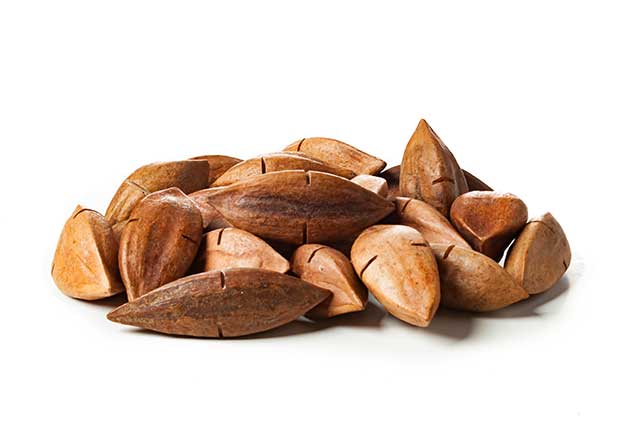
As discussed earlier, pili nuts have a higher fat content than any other nut—even more than macadamia nuts.
While macadamia nuts contain 75.8 grams of fat per 100g, pili nuts offer 79.55 grams.
Firstly, this makes the nuts an excellent option for anyone looking to increase their dietary fat intake.
Since pili nuts only provide about one gram of carbohydrate per serving, this also makes them well suited for individuals following a low carb or ketogenic diet.
The most prominent fatty acid contained within the nuts is oleic acid, which is a type of monounsaturated fatty acid, also found in olive oil (10).
According to the FDA—and based on systematic reviews of the evidence—consuming oleic acid “may reduce the risk of coronary heart disease” (11).
5) Good Source of Protein
First of all, nuts are not the best source of dietary protein.
The simple reason for this is their lack of protein-density; the amount of protein they provide-per-calorie is low.
However, they do still offer a reasonable amount of protein-per-gram, and pili nuts provide 10.8 grams of protein per 100 grams.
For more on protein-rich nuts, see this guide to black walnuts.
6) Polyphenol Content
Like many plant foods, pili nuts are a good source of polyphenols (12).
Among these polyphenols, pili nuts provide a range of compounds including catechin, epigallocatechin gallate, and ellagic acid (13).
Researchers believe that polyphenols can play a protective role in human health by modulating and regulating immune responses (14).
However, more research is necessary to understand how polyphenols influence human health.
Furthermore, although the polyphenols in these nuts may offer benefits, there is currently no research to confirm this from human studies.
Potential Drawbacks and Side Effects
As with any food, there are some potential drawbacks from consuming pili nuts.
1) Allergic Reactions (Tree Nut Allergy)
Tree nut allergies are one of the most significant causes of allergic reactions around the world (15).
Since pili nuts are a true tree nut, anyone with this allergy should avoid them (16).
Tree nut allergies can sometimes be severe and cause anaphylaxis, which is a medical emergency.
Some common symptoms of tree nut allergy to watch out for include (17);
- Abdominal discomfort and pain
- Cramps
- Difficulty breathing
- Itching sensations in the mouth or around the face/neck
For some nut-like experiences which aren’t a true nut, it might be worth investigating tiger nuts.
2) High In Calories
To avoid confusion; there is nothing wrong with eating high-calorie foods.
However, for some people, it is easy to over-consume energy-dense foods such as nuts.
While a (handful) serving of pili nuts is a nutritious and healthy snack, consuming large amounts of the nuts could negatively affect weight.
In short; don’t go nuts with nuts.
Where To Buy Pili Nuts
Unfortunately, pili nuts are still not common in the Western world, so they can be difficult to find.
However, some of the larger stores, such as certain Whole Foods stores, will stock them.
Additionally, local specialty health stores may have them in stock.
For those that cannot find them in a physical store, they are also available online.
Final Thoughts
Pili nuts are a unique-looking nut, and they taste delicious.
For this reason alone, they are worth a try.
Nutritionally, pili nuts are a good source of several nutrients, but the standout is their impressive magnesium content.
Due to their relative newness, introducing these nuts to friends and family can also be fun.
For more guides to nuts, see this review on the benefits of peanuts.

